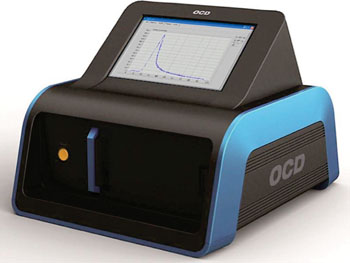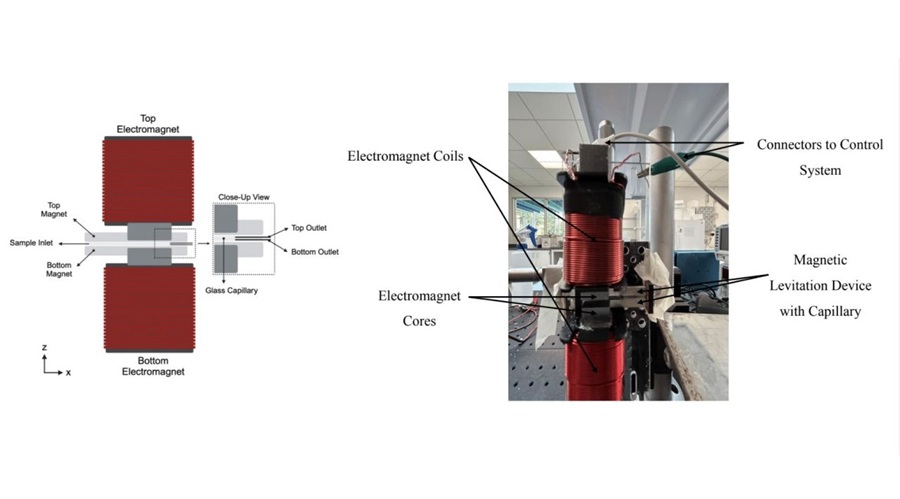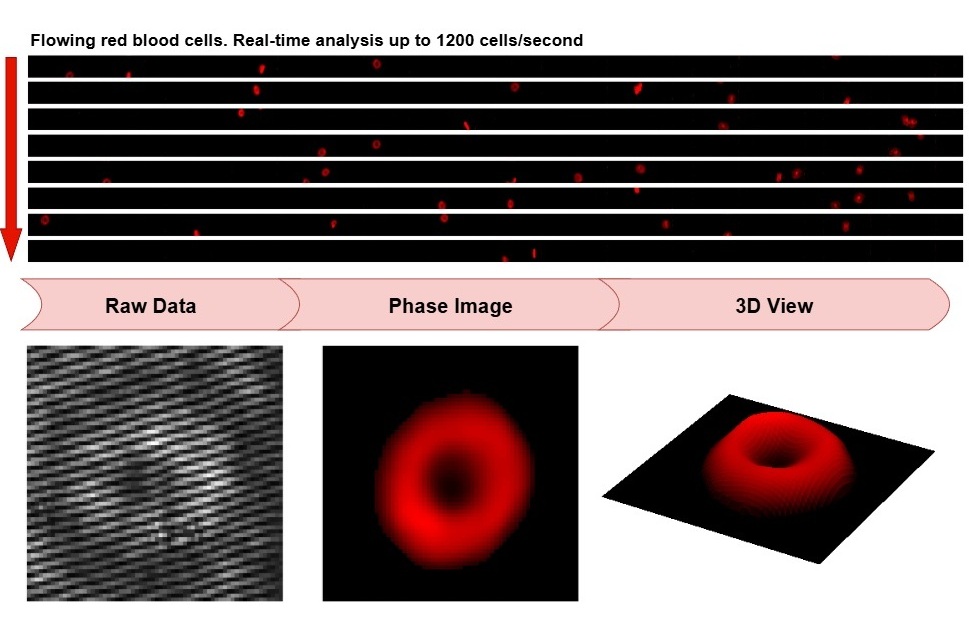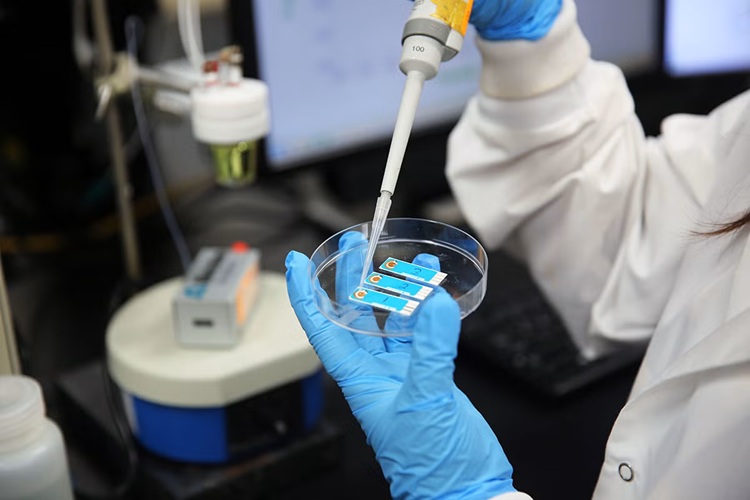Device Rapidly Diagnoses Prostate Cancer
By LabMedica International staff writers
Posted on 19 Nov 2014
A new device facilitates the diagnosis of prostate cancer for doctors distinguishing between benign and malignant prostate tissue and through a visual analysis, the device can reliably determine if it is carcinoma within a minute-and-a-half.Posted on 19 Nov 2014
Presently to make a definitive diagnosis doctors take a biopsy of prostate tissue from the patient. In doing so, they insert a small needle into the prostate, using ultrasound images to assist with navigation. From the sample taken in this way, laboratory staff laboriously makes histological slides. The tissue sections are forwarded to a pathologist, who examines them under the microscope and even for experienced physicians, it is often difficult to distinguish between benign and malignant tissue.

Image: The prototype of a diagnostic device that determines whether the prostate tissue sample is benign or malignant in 90 seconds (Photo courtesy of Fraunhofer IKTS).
Scientists at the Fraunhofer Institute for Ceramic Technologies and Systems (IKTS; Dresden, Germany) developed an optical diagnostic device to distinguish benign prostate tissue from neoplasms. According to the inventors, the physician places the removed tissue sample on a base plate, slides it into the machine, presses a button and within one-and-a-half minutes, receives a reliable indication of whether the tissue in the sample is benign or malignant. Since the sample does not require a long preparation time and can be pushed directly into the device and analyzed after it has been taken, the patient does not have to wait for days after the biopsy in order to know the outcome. The doctor receives the results immediately and can talk with the patient much sooner about the next steps to take.
The analyses are based on the autofluorescence that human tissue emits. There are fluorophores in every human body. These molecules are illuminated for a very short time when certain light falls on them. If the doctor sets the removed tissue in the device, starts the measurement, emits a dosage of laser pulse and excites the fluorophores, then the laser pulse stimulates the fluorescent molecules in the tissue to release light. The way in which this fluorescence radiation decreases differs between benign and malignant tissue. The scientists have been able to determine a clear threshold for this different behavior: If the value of the tissue sample exceeds the threshold value, carcinoma is present.
The optical diagnostic device has already completed its first two clinical studies, and the third study is currently underway. A prototype is currently available. The scientists presented the 53 × 60 × 43 centimeter prototype at the COMPAMED trade fair held November 12–14, 2014, in Düsseldorf.
Related Links:
Fraunhofer Institute for Ceramic Technologies and Systems














